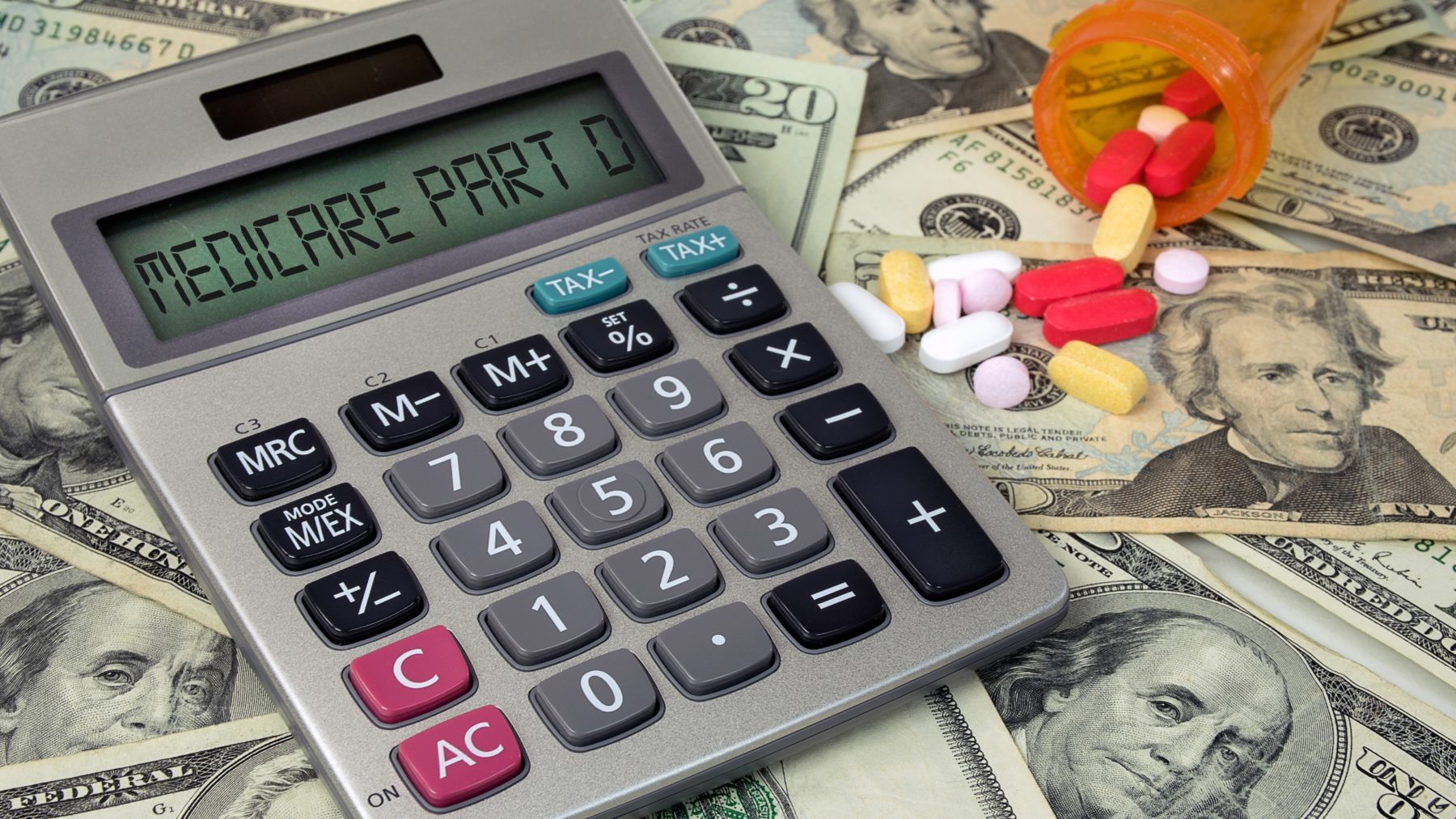Even prior to the midterm elections, the Trump administration has been proposing several changes in regards to Medicare. So far, much of the discussion has been around the administration’s proposed changes to Medicare Part B drug prices, but we may see changes to Part D as well. Back in July, the administration released a proposed rule called “Removal of Safe Harbor Protection for Rebates to Plans or PBMs Involving Prescription Pharmaceuticals and Creation of New Safe Harbor Protection,” and then more recently, at the end of October, it posted a proposal on the White House’s Office of Management and Budget website having to do with Part D. However, so far there has been little about what the actual changes may be.
In order to help pharma marketers to stay ahead of the game, PM360 asked Rod Cavin, General Manager, Health Strategies Group, an EVERSANA company, about what possible changes we may see to Part D, the implications of these changes, and more.

PM360: What can you speculate on where the administration may be headed in terms of pricing, access, and rebates for drugs on Medicare Part D based on some of their actions and announcements?
Rod Cavin: The fluid nature of the current policy discussions requires us to consider a range of potential scenarios, including:
- Full transparency on total cost, discounts, and the roles of all parties.
- Direct discounting to Medicare members at the point of sale and elimination of PBMs from the money flow.
- Mandated discount levels that must be shared with consumers.
These are just a few of the possibilities pharma should be planning for until the final policy is defined. The administration is clearly serious about addressing some key issues, including drug costs and the impact of intermediaries on those costs in Medicare. Issues of legal authority, ability to move any changes through Congress, and general gridlock will influence the extent of the changes that HHS can make. From a planning perspective, we are advising clients to assess the range of potential outcomes to identify their strategic options, given this uncertainty.
How would any of these changes impact Medicare payers? What changes would they need to make in order to adjust?
If CMS is empowered to limit or alter Part D rebates, the potential effects on Medicare payers could be extensive, but their range will depend on which outcomes occur. Regardless of the varied scenarios, however, plans will need to consider some key risks to stay relevant in the changing market:
- Plans’ ability to manage risk through discounts will decrease, requiring them to develop other access and utilization tools.
- Product selection and management may shift to more outcomes- and value-based models, requiring more patient and population management tools.
- Prescription drug plans (PDPs) in particular face the risk of becoming benefit administrators with limited formulary control.
How could these changes affect the pharma industry’s negotiations with these payers on pricing and access?
Changes to Medicare rebate rules will force the biopharmaceutical industry to rethink its overall drug pricing strategies. While the final impact will vary depending upon which scenario unfolds, the changes may impact some key elements of payer negotiations.
New players are likely to enter the market. Some scenarios could quickly eliminate current stakeholders, making PBM roles less relevant or creating new intermediaries. The new entrants would support the direct-to-consumer models that are likely to emerge.
In addition, increased transparency will force drugs in classes with limited differentiation to low and consistent prices and create barriers to obtaining preferred positions. In classes with high innovation, pharma will be required to align with payers on outcomes models to demonstrate value.
What other possible implications could this have on the pharma industry?
Many of the potential changes could have impacts outside of Medicare. Initially, the challenge will depend on how other segments of the U.S. market adopt or demand similar solutions. Commercial payers are likely to follow Medicare’s example and demand transparency, Medicare-like discounts, or other unique risk-based models.
More globally, any dramatic changes to U.S. pricing may disrupt international pricing models. If U.S. prices decrease significantly in some classes, pharmaceutical companies could face requirements to adjust pricing in other countries. If this occurs, companies may simply decide to leave certain categories of drugs due to lack of return.
How will pharma need to adjust their current strategies in order to adapt to this potential change?
Pricing and discount strategies will be impacted, depending upon the final form of the rebate model. More importantly, the changes could impact U.S. and global pricing models, market entry for high-cost therapies, and even new product development, as pricing leverage will decrease for incremental benefits and increase for innovative products.
How do the results of the midterm elections impact Trump’s ability to implement any potential changes moving forward?
This administration has already made clear its unconventional commitment to lower drug prices for Americans. Despite the Democrats’ reclaiming of the House and one of the most politically contentious atmospheres in recent history, there is still a reasonable chance some form of drug pricing effort could move forward, as Democrats have also long been critical of increasing drug prices. Agreement on the terms of drug pricing could be the sticking point, but both parties currently agree the issue should be addressed.








